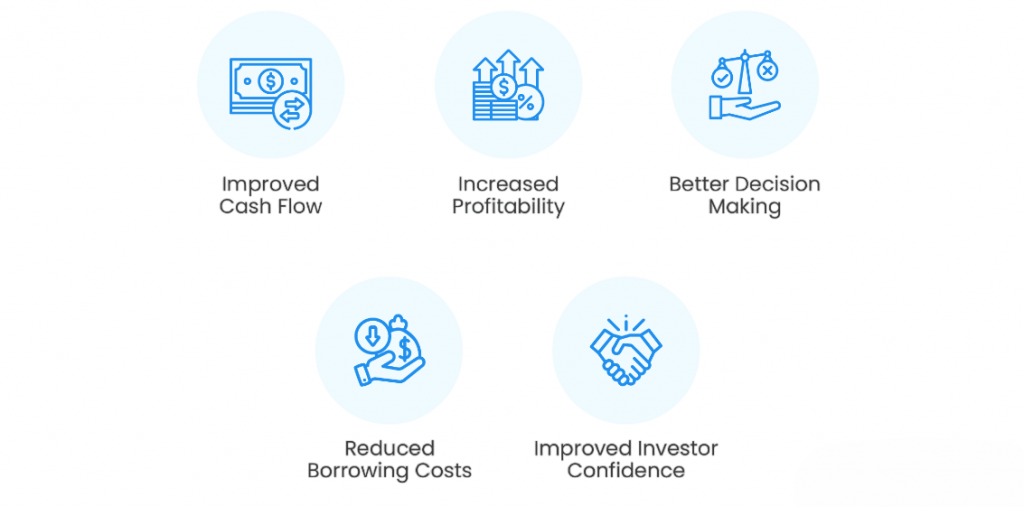
- What Is Managerial Economics?
- The Core Objective: Bridging Theory and Practice
- Key Areas within the Scope of Managerial Economics
- Microeconomics vs. Macroeconomics
- Demand Analysis and Forecasting in Practice
- Navigating Production and Cost Analysis
- Strategic Pricing Decisions for Competitive Advantage
- The Role of Profit and Capital Management
- Conclusion
What Is Managerial Economics?
Have you ever wondered how successful companies make tough decisions? How do they set the right price for a new product, decide to build a new factory, or determine how many employees to hire? The answer often lies in a powerful field called managerial economics. It helps leaders navigate the complex world of business with confidence. This field focuses on using practical economic ideas to solve real problems. To explore how structured methodologies and intelligent frameworks empower professionals to analyze data, identify opportunities, and drive strategic decisions, explore Business Analyst Training a hands-on course that covers requirement analysis, process modeling, and advanced business solutions for career growth. Understanding the scope of managerial economics is the first step toward making smarter, more profitable decisions for your organization. At its core, managerial economics applies economic theory and methods to business. It acts as a bridge between academic economics and the practical challenges of running a company. Its main goal is to provide managers with a logical framework for making decisions that help the business achieve its goals, such as maximizing profit or increasing market share.
The Core Objective: Bridging Theory and Practice
Business Analysis Careers emphasize bridging technical expertise with strategic decision-making. Business Analysis Careers emphasize bridging technical expertise with strategic decision-making. To explore how professionals leverage analytical frameworks, stakeholder communication, and data-driven insights to shape organizational success, explore Business Analysis Careers a comprehensive guide that highlights skill requirements, career pathways, and the evolving role of analysts in modern enterprises.

While general economics might discuss the “law of demand,” managerial economics teaches managers how to apply that law to forecast sales for the next quarter. It translates broad concepts like production functions, market structures, and elasticity into practices that companies can use. This practical approach turns economics from a purely academic subject into a vital toolkit for everyday business decision-making. As a result, managers can move beyond guesswork and intuition, basing their strategies on solid economic logic.
Interested in Obtaining Your Business Analyst Certificate? View The Business Analyst Training Offered By ACTE Right Now!
Key Areas within the Scope of Managerial Economics
The scope of managerial economics is wide, covering nearly every part of business operations. It offers a structured way to analyze different areas of a business. Here are some critical components, To explore how data-driven insights complement economic analysis by enabling smarter decisions, predictive modeling, and operational efficiency, explore Business Intelligence (BI) and Business Analytics (BA) a comprehensive guide that explains their differences, applications, and impact on modern enterprises.
- Demand Analysis and Forecasting: This involves understanding customer wants and predicting future sales. It helps businesses plan inventory, production schedules, and marketing campaigns effectively.
- Production and Cost Analysis: This area focuses on finding the most efficient production methods to minimize costs. It helps determine the optimal output level to achieve economies of scale.
- Pricing Decisions, Policies, and Practices: Setting the right price is crucial. This includes analyzing different pricing strategies to maximize revenue and remain competitive in the market.
- Profit Management: This involves planning and managing profits. It uses tools like break-even analysis to understand the sales volume needed to cover costs and start earning a profit.
- Capital Management: This is about making smart long-term investment decisions. It helps businesses decide whether to invest in new equipment, launch new products, or expand into new markets.
- Microeconomics: This branch focuses on the behavior of individual economic units, like a single consumer, a household, or a firm. Managerial economics is mainly microeconomic because it deals with specific business challenges.
- Macroeconomics: This branch looks at the economy as a whole, including factors like inflation, unemployment, national income, and government policies.
- The Connection: While managerial economics is rooted in microeconomics, a good manager must also consider the macroeconomic environment. For instance, a national recession (a macroeconomic issue) will likely affect a company’s sales forecasts and pricing decisions (microeconomic issues).
To Earn Your Business Analyst Certification, Gain Insights From Leading Data Science Experts And Advance Your Career With ACTE’s Business Analyst Training Today!
Microeconomics vs. Macroeconomics
To fully grasp its role, it’s helpful to understand how managerial economics relates to the two main branches of economics. To explore how structured methodologies and intelligent frameworks connect economic theory with practical business applications through requirement analysis, process modeling, and strategic decision-making, explore Business Analyst Training a hands-on course that covers managerial economics, data-driven insights, and advanced business solutions for career growth.
Demand Analysis and Forecasting in Practice
Every successful business knows its customers. Demand analysis involves understanding what drives customer purchasing choices. For example, a coffee shop owner might use it to gauge the popularity of a new seasonal drink. To explore how advanced analytics platforms empower businesses to translate demand insights into actionable strategies through visualization, reporting, and predictive modeling explore MicroStrategy vs Power BI a complete overview comparing features, scalability, and use cases for modern enterprises. They would consider the price, customer preferences, and competition. Additionally, forecasting uses this data to predict future demand, helping the owner decide how much milk and syrup to order. This prevents overbuying and wasting money or running out and disappointing customers. Accurate forecasting is essential for efficient business decision-making.
Want to Pursue a Business Analyst Master’s Degree? Enroll For Business Analyst Master Program Training Course Today!





